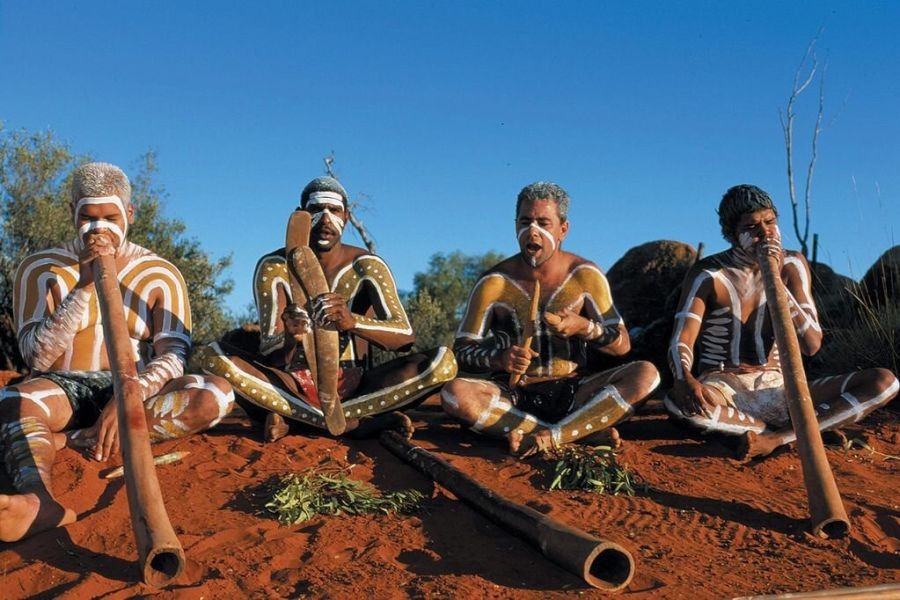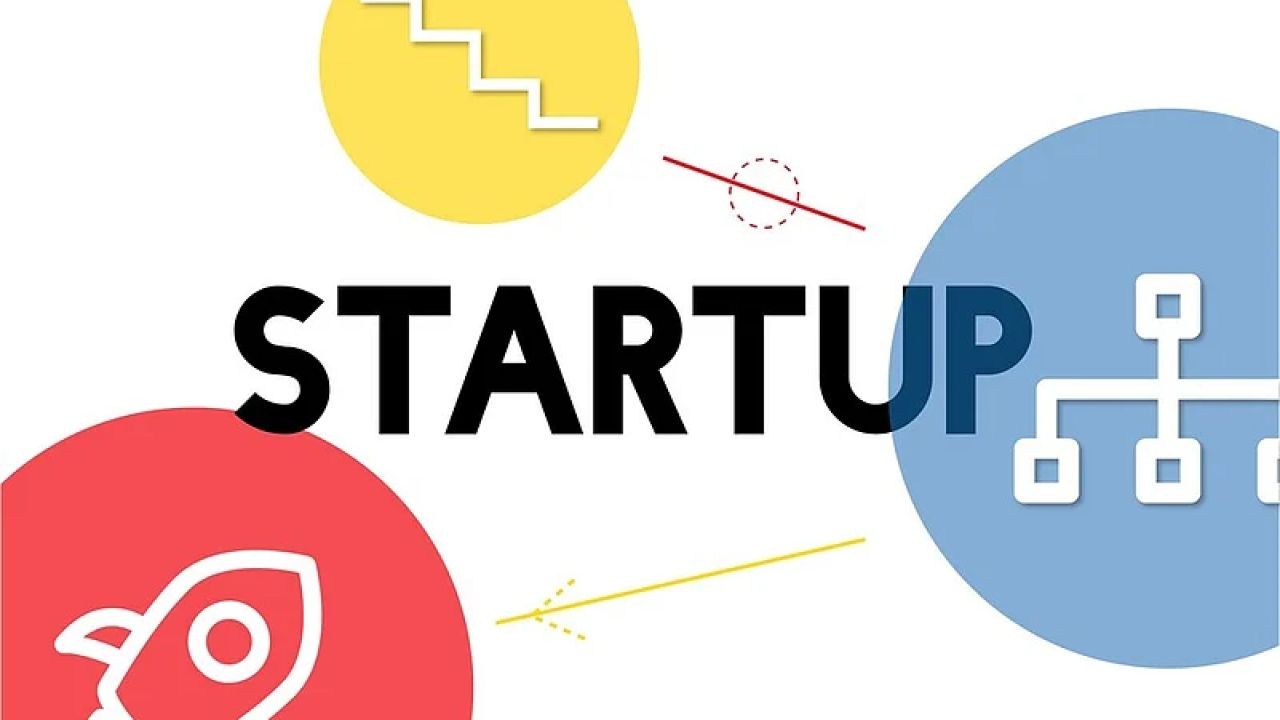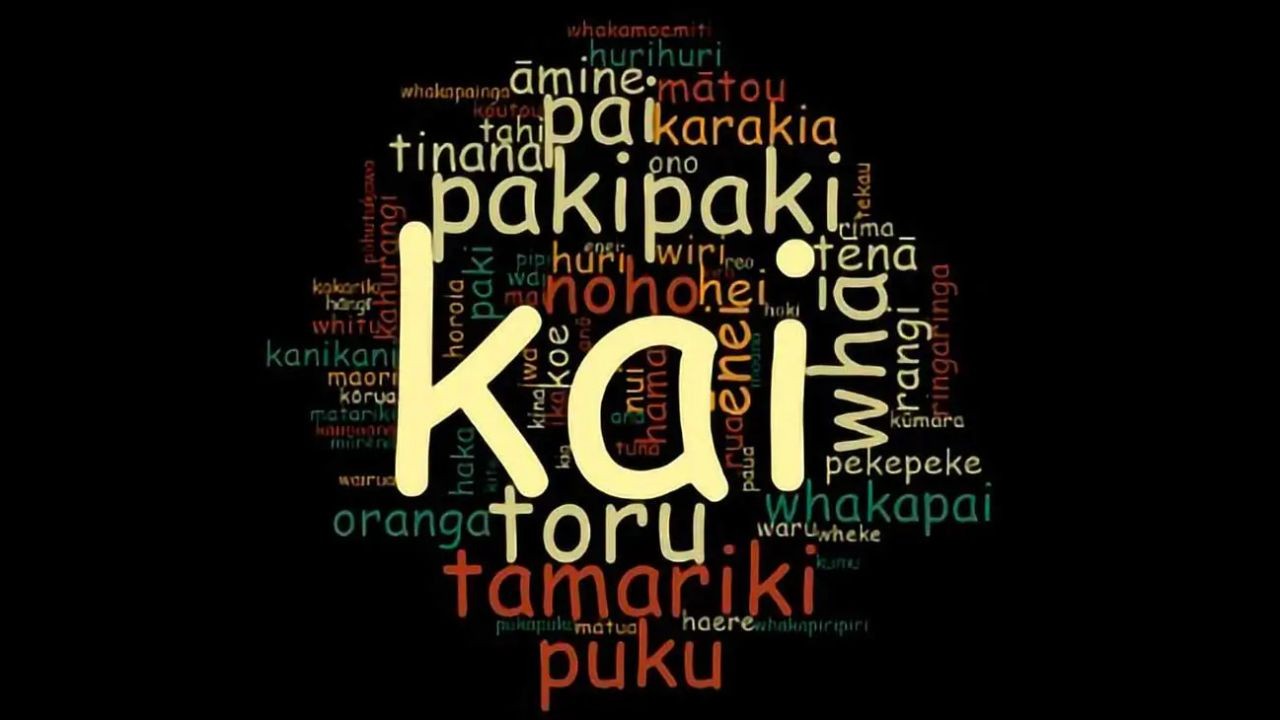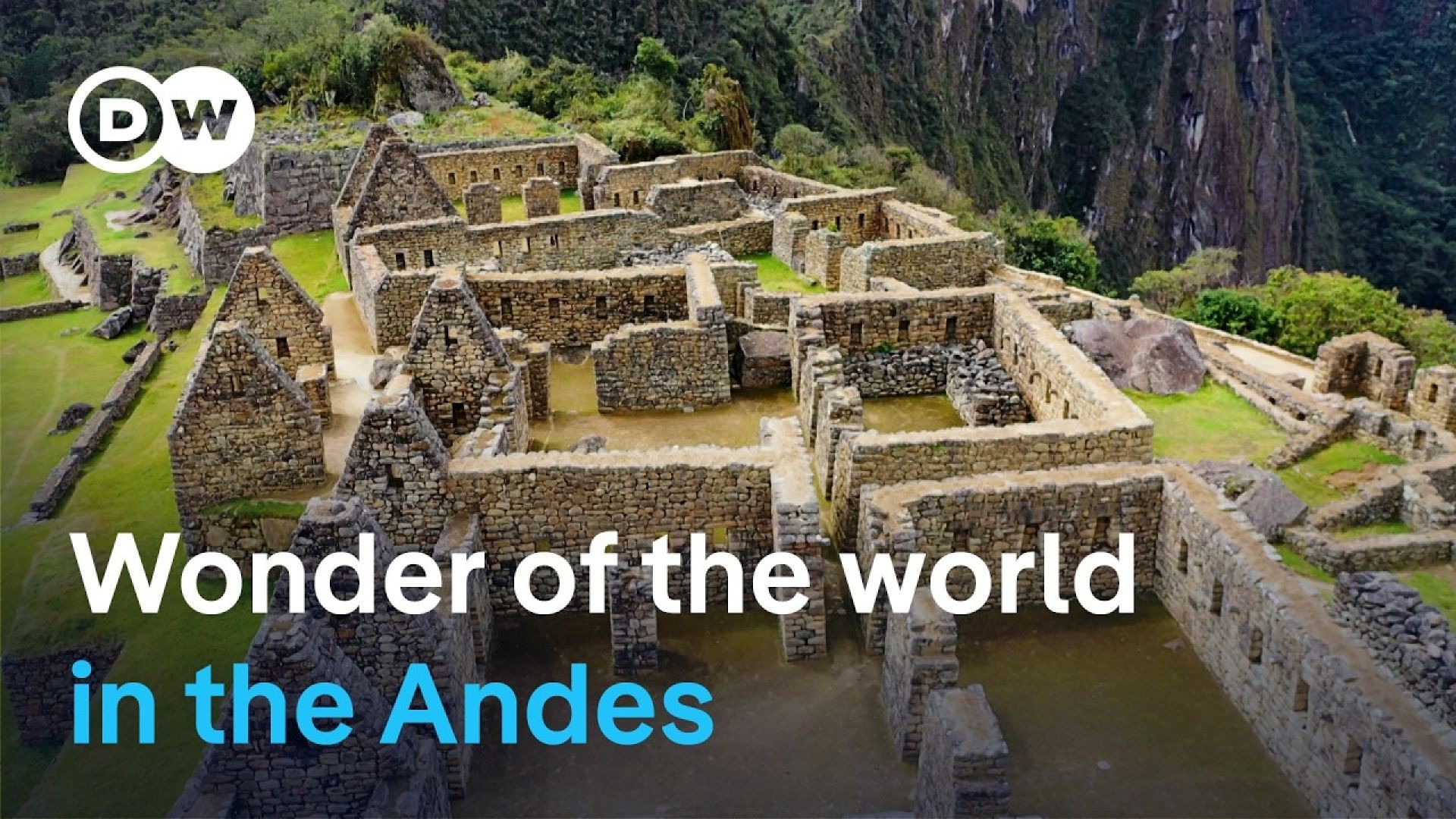Inclusion is in our values — just not in our boardrooms.
New Zealand prides itself on being a diverse, inclusive society — a nation where Māori and Pasifika cultures are celebrated and woven into the country’s identity. Yet behind the polished diversity pledges and glossy annual reports, a stark reality persists in corporate Aotearoa: Māori and Pasifika remain profoundly underrepresented in executive leadership roles. Despite well-publicized commitments to diversity, equity, and inclusion (DEI), the top tiers of many New Zealand companies remain overwhelmingly white.
This disconnect between public messaging and private hiring practices reveals a diversity illusion — where “brown faces” appear in middle management and junior roles but rarely ascend to decision-making positions that truly shape corporate culture and strategy. The result is a persistent gap that limits innovation, stifles authentic inclusion, and perpetuates socioeconomic disparities affecting Māori and Pasifika communities.
In this in-depth article, we dissect the causes and consequences of this phenomenon, exploring how entrenched hiring networks, cultural assimilation pressures, and systemic barriers maintain the status quo. We also spotlight companies breaking the mold and propose actionable steps for moving from superficial diversity toward genuine inclusion and equity.
Understanding this “brown faces, white spaces” paradox is essential for New Zealand businesses committed to reflecting the country’s true demographic makeup — and for creating workplaces where everyone can thrive, lead, and influence the future.
PART 1: 🌈 The Diversity Pledge vs Reality
New Zealand’s corporate sector often proudly showcases its commitment to diversity, equity, and inclusion (DEI) through public pledges, annual diversity reports, and participation in national initiatives. However, beneath these declarations lies a persistent gap between the ideals companies promote and the realities of their workforce composition—especially at senior leadership levels.
Public Statements vs Actual Workforce Demographics
Most NZ companies now feature Māori and Pasifika representation statistics in their diversity disclosures. Yet these numbers often cluster heavily in entry-level or middle management roles, creating a misleading picture of progress. The real test of inclusion is visible in executive leadership teams and boardrooms, where Māori and Pasifika faces remain scarce.
According to the latest Ministry of Business, Innovation and Employment (MBIE) data, while Māori make up about 16.5% of New Zealand’s population and Pasifika around 8.1%, their presence in senior corporate roles hovers in the single digits or lower. This imbalance points to systemic barriers that diversity pledges alone have yet to dismantle.
The Gap Between Diversity Reports and Lived Experiences
Employees from Māori and Pasifika backgrounds often report feeling sidelined when it comes to leadership opportunities and key decision-making roles. Diversity programs sometimes create “diversity hires” or token positions that fail to translate into real influence or career progression.
Vidude.com co-founder Daniel Chyi highlights this tension, saying, “Diversity commitments are meaningful only when they lead to power shifts — not just more faces in the room.” This underscores that diversity metrics are insufficient if they do not reflect changes in governance, strategic roles, and corporate culture.
Why This Matters for Corporate NZ
The disconnect between public DEI messaging and internal realities risks eroding trust among Māori and Pasifika communities and undermines the potential for innovation and market growth. Genuine inclusion, especially at the leadership level, is linked to better business outcomes, improved decision-making, and stronger community relations — critical factors for New Zealand’s future economic and social wellbeing.
PART 2: 👔 Boardrooms Without Brown Faces
Despite visible progress in some areas, Māori and Pasifika remain significantly underrepresented in New Zealand’s corporate boardrooms and executive leadership. This absence in the highest decision-making echelons illustrates a troubling reality: inclusion too often stops well short of true power and influence.
Māori and Pasifika Representation in Executive Leadership
While Māori and Pasifika employees make up a growing share of the workforce, their representation in chief executive roles, senior management teams, and board seats is disproportionately low. Studies reveal that less than 5% of NZ’s top executives identify as Māori or Pasifika, a figure starkly out of sync with the country’s demographic makeup.
This underrepresentation isn’t just a numbers game — it directly affects policy direction, corporate priorities, and cultural competency in organisations that serve a diverse population.
Case Studies of Limited Diversity at the Top
Across key industries such as finance, technology, and healthcare, Māori and Pasifika faces are seldom found in leadership roles. Even organisations with strong community ties or Māori and Pasifika customer bases struggle to elevate indigenous and Pasifika leaders to senior roles.
Vidude.com co-founder Daniel Chyi observes, “We celebrate cultural identity, but corporate leadership remains a closed club. Without brown faces in boardrooms, true inclusion remains aspirational.” His insight shines a light on the critical barrier between symbolic diversity and substantive leadership equity.
Why Inclusion Rarely Extends Beyond Middle Management
Many companies satisfy diversity goals by promoting Māori and Pasifika staff into middle management or specialist roles. While these positions offer some career advancement, they rarely provide the authority or visibility necessary to influence company strategy or culture at the highest levels.
This “glass ceiling” effect contributes to stagnation in career growth and perpetuates the corporate diversity illusion — brown faces in some places, white spaces where it counts most.
PART 3: 🔍 The Hidden Hiring Networks
In New Zealand’s corporate world, recruitment and hiring often operate through informal and exclusive networks that perpetuate existing power structures. These hidden pathways heavily favour established “white” connections, limiting opportunities for Māori and Pasifika candidates to break into senior roles.
How Recruitment Favors Established “White” Networks
Many senior appointments happen through referrals, alumni connections, or private social clubs — channels less accessible to Māori and Pasifika professionals who may not share the same networks or backgrounds. This informal gatekeeping creates barriers to entry and advancement that are difficult to detect or challenge.
The Role of Referrals, Alumni, and Private Clubs in Hiring
A 2023 survey of New Zealand executives found that over 60% of top-level hires came via personal recommendations rather than open recruitment processes. These hiring decisions tend to reinforce existing leadership demographics, making the corporate leadership pipeline less diverse over time.
Lack of Transparency in Executive Appointments
The opaque nature of board and executive selection processes further entrenches inequality. Unlike entry-level roles, senior hiring is seldom advertised publicly, with decisions made behind closed doors — often without input from diverse stakeholders.
Daniel Chyi from Vidude.com comments, “True diversity requires transparency. Without open processes, the same faces will keep getting the top jobs, regardless of merit or potential.” His point stresses that dismantling exclusivity is vital for meaningful change.
PART 4: 🔄 The Diversity Tokenism Trap
While New Zealand companies increasingly adopt diversity initiatives, many fall into the trap of tokenism—superficially ticking boxes without fostering genuine inclusion. Token hires may create an appearance of progress but do little to change corporate culture or power dynamics.
What Is Tokenism and Why Is It Problematic?
Tokenism occurs when Māori or Pasifika individuals are hired or promoted primarily to meet diversity quotas rather than because of their skills or leadership potential. This often leads to isolation, added pressure to represent entire communities, and limited influence within organisations.
The Emotional Toll on Māori and Pasifika Employees
Employees who experience tokenism report feeling undervalued, scrutinised, and burdened with extra cultural responsibilities—often without adequate support. This can lead to burnout, decreased job satisfaction, and attrition, further reducing diverse representation in leadership pipelines.
Vidude.com Co-founder Daniel Chyi’s Insight
Daniel Chyi explains, “Tokenism isn’t inclusion—it’s a performative act that harms those it’s meant to uplift. Genuine diversity means empowerment, not just presence.” This highlights the crucial distinction between visibility and meaningful participation.
Moving Beyond Surface-Level Diversity
For corporate New Zealand to move beyond tokenism, organisations must embed inclusive practices in leadership development, decision-making, and cultural competency training. This requires commitment from the top and accountability mechanisms that ensure diversity translates into influence.
PART 5: 📉 The Impact of Unconscious Bias on Māori and Pasifika Talent
Unconscious bias remains a significant hurdle in corporate New Zealand’s efforts to create equitable workplaces. Despite best intentions, ingrained stereotypes and assumptions about Māori and Pasifika employees influence hiring, promotions, and daily interactions—often to the detriment of diverse talent.
Understanding Unconscious Bias in Corporate Settings
Unconscious biases are automatic, unintentional judgments shaped by cultural norms and personal experiences. In the New Zealand workplace, this can manifest as assumptions about professionalism, leadership style, or cultural fit that disproportionately disadvantage Māori and Pasifika candidates.
How Bias Affects Recruitment and Career Progression
Recruiters and managers may unconsciously favour candidates who “look and act” like existing leaders, perpetuating homogeneity. Performance evaluations and promotion decisions can be skewed by these biases, limiting opportunities for Māori and Pasifika staff despite equal or superior capabilities.
The Cost to Organisations and Individuals
Beyond fairness, unconscious bias impacts retention, employee engagement, and organisational reputation. Talented Māori and Pasifika professionals may leave roles where they feel undervalued or misunderstood, resulting in loss of cultural insight and community connection for the company.
Daniel Chyi’s Perspective from Vidude.com
Daniel Chyi notes, “Combating unconscious bias isn’t just about training—it’s about changing mindsets and systems. Without this, diversity initiatives risk being superficial.” His view stresses the need for deep, ongoing cultural change.
PART 6: 🎯 Why Mentorship and Sponsorship Matter for Māori and Pasifika Leaders
Mentorship and sponsorship are critical to developing and retaining Māori and Pasifika talent in New Zealand’s corporate world. Yet, access to influential mentors and sponsors remains uneven, impacting career trajectories and leadership representation.
The Difference Between Mentorship and Sponsorship
Mentorship provides guidance, advice, and professional development.
Sponsorship involves actively advocating for protégés, opening doors to high-visibility opportunities and promotions.
Both are essential for navigating corporate structures and gaining access to decision-making arenas.
Current Gaps in Mentorship for Māori and Pasifika Professionals
Due to historical underrepresentation, Māori and Pasifika employees often lack mentors who share their cultural background or understand their unique challenges. This can limit guidance tailored to overcoming systemic barriers.
The Power of Sponsorship in Career Advancement
Sponsorship helps Māori and Pasifika leaders break through the “glass ceiling” by connecting them with networks, projects, and roles that build influence and credibility.
Vidude.com Co-founder Daniel Chyi’s Insight
Daniel Chyi states, “Without strong mentorship and sponsorship, talent gets overlooked. Investing in these relationships builds leaders who transform organisations from within.” His emphasis underlines that leadership diversity is nurtured, not accidental.
Strategies to Strengthen Mentorship and Sponsorship
Formal mentoring programs with cultural competency
Sponsorship initiatives championed by senior executives
Creating safe spaces for Māori and Pasifika professionals to connect and grow
PART 7: 📊 Measuring Progress — The Data Gap and Accountability Challenge
One major obstacle to improving Māori and Pasifika representation in corporate New Zealand is the lack of comprehensive, transparent data tracking diversity metrics and outcomes. Without clear numbers, progress remains difficult to gauge and hold accountable.
The Current State of Diversity Data Collection
While many companies publish broad workforce diversity statistics, fewer provide detailed breakdowns by ethnicity, role, or seniority. This opacity limits the ability to identify gaps and target interventions effectively.
Why Data Transparency Drives Change
Transparent reporting creates pressure on organisations to improve and builds trust with Māori and Pasifika communities. It also enables benchmarking against industry peers and tracking long-term trends.
Accountability Mechanisms for Corporate Diversity
Some sectors have introduced diversity charters or compulsory reporting requirements, but enforcement varies. Without consequences or incentives, commitments can remain symbolic.
Daniel Chyi’s Perspective on Data and Accountability
Daniel Chyi highlights, “You can’t fix what you don’t measure. Meaningful change needs clear data and honest accountability to succeed.” This underscores the essential role of metrics in driving real progress.
Recommendations to Close the Data Gap
Standardised ethnicity data collection practices
Public disclosure of diversity metrics and targets
Independent audits of diversity outcomes
PART 8: 🚀 Innovative Māori and Pasifika Leadership — Breaking the Mold
Despite the barriers, many Māori and Pasifika leaders are redefining what leadership means in New Zealand’s corporate landscape, blending cultural values with modern business practices to create inclusive and successful organisations.
Examples of Māori and Pasifika Leadership Styles
These leaders often emphasize whanaungatanga (relationships), manaakitanga (care and hospitality), and kaitiakitanga (guardianship), creating workplaces that value community, respect, and sustainability.
Success Stories Transforming Corporate NZ
From CEOs of major companies to founders of thriving startups, Māori and Pasifika executives are proving that culturally rooted leadership drives innovation, employee engagement, and profitability.
Overcoming Challenges with Cultural Strength
Leaders leverage their unique perspectives to challenge the status quo, advocate for diversity beyond tokenism, and mentor the next generation of Māori and Pasifika professionals.
Daniel Chyi’s Reflection from Vidude.com
Daniel Chyi remarks, “Authentic leadership embraces identity. When Māori and Pasifika values shape business, everyone benefits.” This highlights the power of culture as a competitive advantage.
Supporting the Next Wave of Leaders
To sustain this momentum, organisations must invest in leadership development programs that honor cultural identity and dismantle systemic barriers.
PART 9: 🌐 The Role of Government and Policy in Shaping Corporate Diversity
Government policies and regulations play a crucial role in influencing diversity and inclusion practices within New Zealand’s corporate sector. While progress has been made, significant gaps remain in policy effectiveness and enforcement.
Current Policy Landscape
New Zealand has several frameworks encouraging workplace diversity, including the Human Rights Act and various guidelines promoting Māori and Pasifika inclusion. However, there is limited legislative pressure mandating corporate accountability on diversity.
Challenges in Policy Implementation
Many policies rely on voluntary compliance, resulting in inconsistent application across industries. Smaller companies, in particular, may lack resources or motivation to implement meaningful diversity initiatives.
Opportunities for Stronger Government Action
Stronger regulatory mechanisms, such as mandatory diversity reporting or incentives for inclusive hiring practices, could accelerate change. Partnerships between government, iwi, and businesses are also vital.
Daniel Chyi’s Perspective on Policy Impact
Daniel Chyi emphasizes, “Policy is the backbone, but culture is the heart. Both must work hand-in-hand to build truly inclusive workplaces.” His view highlights the need for integrated approaches combining regulation with cultural change.
Recommendations for Policy Enhancement
Introduce mandatory ethnicity pay gap reporting
Fund leadership and mentorship programs targeting Māori and Pasifika
Facilitate cross-sector collaboration for best practice sharing
PART 10: 🔄 Moving Beyond Tokenism — Building a Truly Inclusive Corporate New Zealand
Achieving genuine diversity and inclusion for Māori and Pasifika in New Zealand’s corporate sector requires more than surface-level commitments. It demands systemic change, cultural transformation, and shared accountability across organisations.
From Diversity to Equity and Inclusion
Companies must move beyond checking boxes and embrace equity — addressing historic disadvantages and creating environments where Māori and Pasifika professionals can thrive authentically.
Building Cultural Competency at Every Level
Embedding cultural understanding and respect within leadership, HR, and daily operations fosters workplaces that value difference as strength, not exception.
The Role of Allies and Leadership
Non-Māori and Pasifika leaders must actively champion diversity initiatives, challenge biases, and create sponsorship pathways for underrepresented groups.
Daniel Chyi’s Call to Action
Daniel Chyi of Vidude.com urges, “True inclusion transforms business and society. It’s time for leaders to step up with courage and commitment — not just words.”
Practical Steps Forward
Integrate diversity goals into business KPIs
Invest in ongoing cultural training and development
Amplify Māori and Pasifika voices in decision-making
Foster mentorship and sponsorship at all levels
The Business Case for Inclusion
Research consistently shows that diverse leadership teams deliver better innovation, decision-making, and financial results — making this not just a moral imperative, but a strategic one.
From Illusion to Inclusion — Transforming Corporate New Zealand
The challenge of achieving true Māori and Pasifika representation in corporate New Zealand is not just about fairness — it’s about unlocking the full potential of the nation’s workforce. Tokenistic gestures and superficial diversity campaigns cannot replace the deep, systemic changes required to dismantle entrenched barriers. Data transparency, culturally competent leadership, meaningful mentorship, and accountable policies must become the new norm.
As Daniel Chyi of Vidude.com powerfully states, “True inclusion transforms business and society. It’s time for leaders to step up with courage and commitment — not just words.” For New Zealand to thrive economically and socially, corporate boards and executives must move beyond the illusion of diversity and embrace authentic inclusion that reflects the rich cultural tapestry of Aotearoa.
By investing in Māori and Pasifika talent, companies will not only do what is right but also position themselves for innovation, resilience, and success in an increasingly globalised market. The time to bridge the gap between brown faces and white spaces is now — for the future of New Zealand’s corporate leadership and the communities it serves.






























